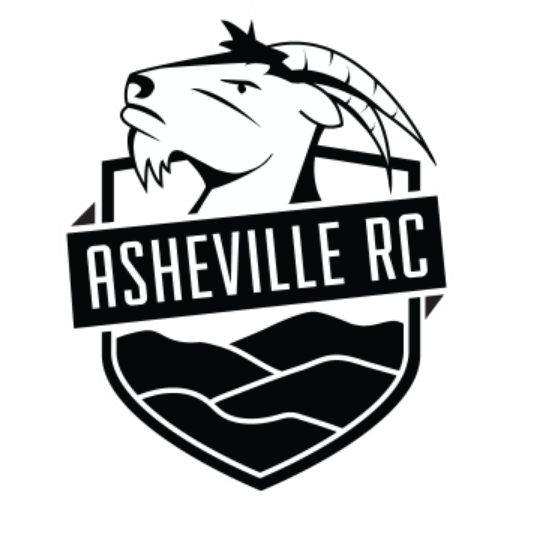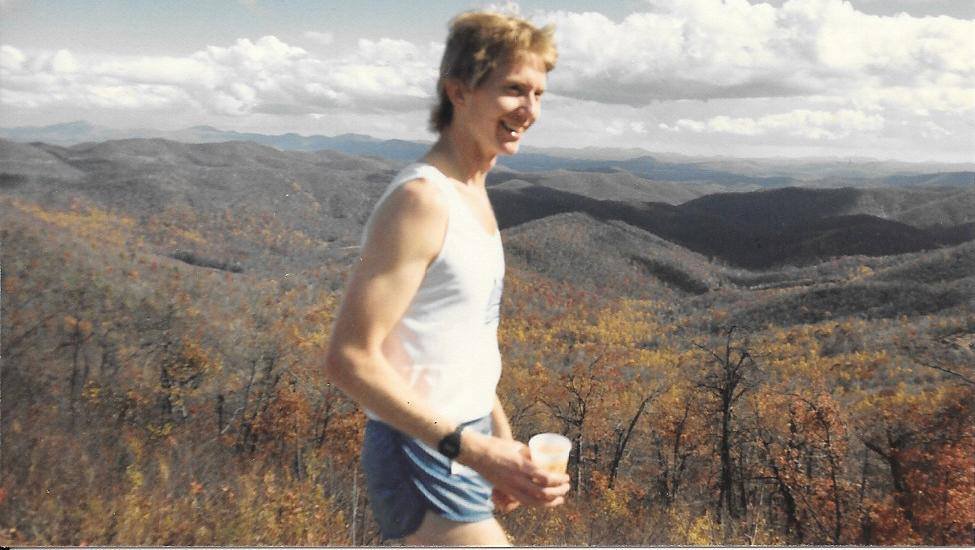When Things Go Wrong
As Phil mentioned above, external factors can hinder our performance if we don’t have the right mindset. Stressing about the weather, the accumulation of leaves on the trail past 151, or last-minute course changes will take you out of the vital process-oriented mindset that allows you to focus on what you can actually control.
But what about the days when your preparation is top notch, your mind is focused, you are really ready to flow… but it all goes to hell anyways? How do we deal with the heavy legs, the falls, and the stomach cramps that pop up out of nowhere?
Contemplating these dreaded scenarios sent me down a serious doom spiral, so I asked Brad Stulberg for help. Brad is an Asheville-based performance coach, podcast host, and author who’s most recent book The Practice of Groundedness received a ringing endorsement from none other than Eliud Kipchoge. For years, Brad has been researching and writing about the characteristics and conditions necessary for excellence. He seemed like the right resource to help Shut-In racers plan for the tough days, and be ready to take advantage of the great ones.
Mark Driscoll: While runners train for (and pray for) a race day when everything "clicks", it doesn't always go that way. In your experience, how do high performers prepare for the days when it doesn't all go to plan?
Brad Stulberg: Anyone can perform when the sun is shining and everything is clicking. And we all long for those days when we enter the coveted flow state. But equally important to excellence is being able to show up and give it your all on the less-than-perfect days. Most endeavors, be it in sport or otherwise, don't go exactly as we planned or as we wished. There are so many uncertainties. The first and most important thing to remember is not to freak out. It is so easy to "doom spiral," to quote my dear friend and ARC's own Katie Driscoll, when things go awry. It's kind of the default mode for most of us, myself included. But if we are doom spiraling about what's happening that prevents us from doing anything productive or effective about it. So the first step is to recognize that things are going a bit haywire, and then to try and replace immediate rumination with acceptance of what is happening. I like to use the mantra this is what is happening, I'm doing the best I can. The more you can stay in the present moment and be with what is going on, the better chance you have of working through it. This is especially important in longer races, which almost always include some dark patches. How you navigate the dark patches often determines the overall tenor of the day.
Once you've accepted what is happening you can make a plan for how to deal with it. In the case of a race, it might be changing your fueling plan, resetting expectations, adjusting your pacing strategy, and so on. Then get on with the show, even if that means taking some negative thoughts or feelings with you. It's so important to remember that you don't have to feel great in the moment to perform well, and often it's the times when we don't feel well in the moment that, in hindsight, we look back on with a lot of pride for how we worked through them.
A helpful heuristic that covers a lot of this is what I call 4Ps: pause, process, plan, proceed, which is a lot different than our default of the 3Ps: panic, panic, panic.
MD: How can someone use the final weeks of a training block to prepare for potential curveballs and SNAFUs on race day?
BS: I think here the biggest preparation is just knowing that things could -- well, actually, in a race this long, things will -- go wrong.
All sorts of research shows that our affect, which is just science speak for how we are feeling, or mood, is a function of reality minus expectations. If your expectations are for a perfect race where nothing goes wrong, then when something does go wrong, you'll feel like crap, and be more likely to freak out. But if your expectations are that the race will be hard and full of dark spots, then when those dark spots occur, you won't be as liable to get sucked into them.
People tend to think about races as these opportunities to fully express one's fitness. This is great...if you are racing a 5K. The longer the race the more external variables that you may not be able to control come into play. Long races aren't just about physical fitness but about mental fitness and problem-solving ability too. And if you are freaking out when something goes wrong, you aren't in a good position to problem solve and make the situation better.
This comes up time and time again with any big event, so know y'all runners aren't alone. Daniel Kahneman won a Nobel prize for his work in behavioral economics. Part of this was something he and his colleagues called the planning fallacy. It basically states that all big projects -- such as building a bridge or a house -- take, on average, 40 percent longer than what is planned for and promised. The reason for this is that the planners don't take into account all the external variables that could occur: a death in the subcontractors family, a cancer diagnosis for the painter, a historic weather season, a pandemic, the city paperwork office being inundated because everyone is building at the same time, Clemson making the BCS playoffs so none of the carpenters can focus on their work for three weeks, and on and on and on.
Try not to succumb to the planning fallacy in your race. Have the expectation that things will go wrong. When they do, this is what is happening right now, I'm doing the best I can. Just avoiding a freakout is 99 percent of the battle, really.
———
You can hear more from Brad on his weekly podcast The Growth Equation. His writing regularly appears in publications like the New York Times and Outside. See how deep he gets on these kinds of topics in his books: The Practice of Groundedness, The Passion Paradox, and Peak Performance.










